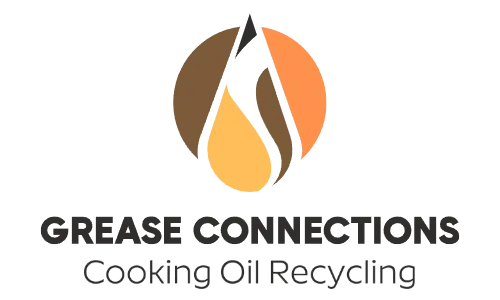FOG Compliance Ordinances & Permit Links
Every federal, state, and county rule in one place—download, bookmark, and sail through inspections.
Federal Guidance
The links below open in a new tab and take you straight to official EPA and OSHA pages for source‑of‑truth compliance details.
Who needs what? If you’re a restaurant or food‑service kitchen, the Pretreatment and OSHA links matter most. If you process or store more than 1 320 gal of oil onsite—e.g., biodiesel aggregators or industrial fryers—you must also follow the SPCC requirements.
EPA National Pretreatment Program
Title 40 CFR 403 sets the legal framework for keeping fats, oils and grease out of publicly owned treatment works. Links to FOG BMP manuals, generic permit language, and the one‑page annual report template most municipalities adopt.
Spill Prevention, Control & Countermeasure
Facilities that store ≥ 1 320 gal of oil above ground must keep a written SPCC plan, secondary containment, and inspection logs. EPA’s page offers a fill‑in PDF template and a yes/no flow‑chart to see if the rule applies to food‑service sites.
OSHA Walking‑Working Surfaces Rule
29 CFR 1910 Subpart D sets slip‑resistance benchmarks; floors must maintain a COF ≥ 0.40 after grease cleanup. Use this citation when budgeting absorbent pads and non‑slip footwear.
Florida State & County Portals
Florida State & County Portals
Miami‑Dade
Must pump grease traps every 90 days or when sludge > 25 %. Manifests upload to the WASD Pretreatment portal within 5 days. First missed upload triggers a $250 administrative fee.
Broward
Quarterly pump‑outs required; county issues a yellow “compliance decal” that must be affixed near the trap. Fines start at $500 for unlicensed haulers.
Palm Beach
Biennial permit; submit the Grease Trap Self‑Certification form each January. Facilities producing < 40 lb grease/week may apply for a 6‑month pump‑out variance.
Hillsborough
90‑day pump‑out or 25 % rule. Online portal auto‑flags missing manifests and emails a 30‑day warning before fines accrue.
Orange
Annual certificate renews only after the latest manifest is uploaded. The county tests effluent for FOG < 100 mg/L.
Duval
City of Jacksonville pretreatment requires traps ≥ 1 000 gal for multi‑tenant food courts. Smaller traps allowed with monthly pump‑out proof.
Pinellas
Biennial permit tied to food-service license renewal. Random site inspections occur after holiday weekends when grease spills spike.
Lee
Grease Manifest Portal auto‑calculates next due date; county can issue a one‑time 30‑day extension for hurricane closures.
Polk
Biennial permit. County offers a $100 rebate on the first manifest if you switch from bulk disposal to used cooking oil recycling.
Brevard
Annual report must include volume totals and spill prevention plan. Coastal zones near Cape Canaveral enforce $1 000 fines for storm‑drain runoff.
Don’t See your County Listed?



Don’t Worry We have the full list here.
Fats, Oils, Grease
Quick Renewal Checklist
Run these three steps before your permit anniversary to avoid surprise fines and last‑minute scrambles.
Pull last three manifests
Check that each pump‑out interval stayed within your county’s limit (90, 120, or 180 days) and that sludge was under the 25 % threshold.
Verify hauler permit
Confirm your hauler’s active state grease‑transporter ID is visible on every ticket; manifests from an unlicensed hauler won’t pass audit.
Upload or email
Submit scans to the county portal (or pretreatment email) at least 5 days before renewal to bypass $100–$500 late fees.
New Jersey State & County Portals
Take a look through the chapters of the eBook and download a free sample of the book using the email subscribe box.
Don’t See your County Listed?



Don’t Worry We have the full list here.
